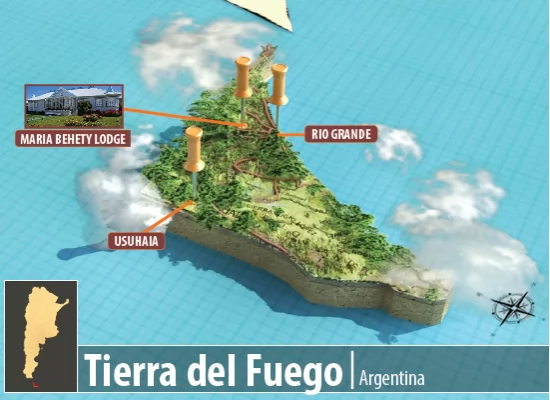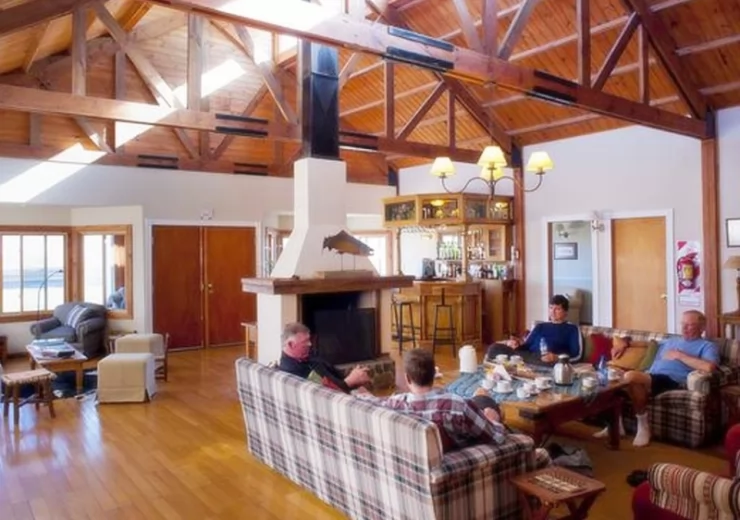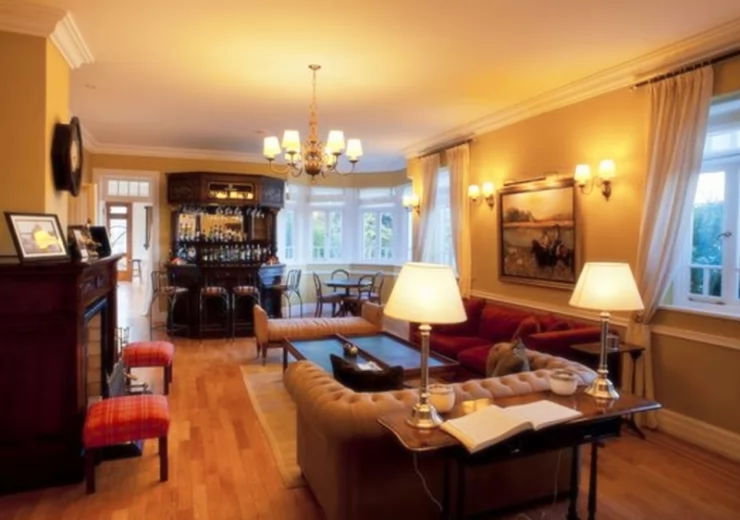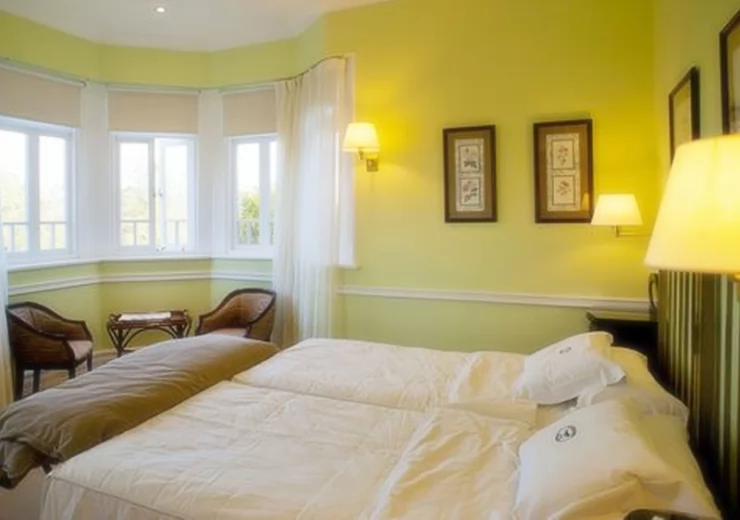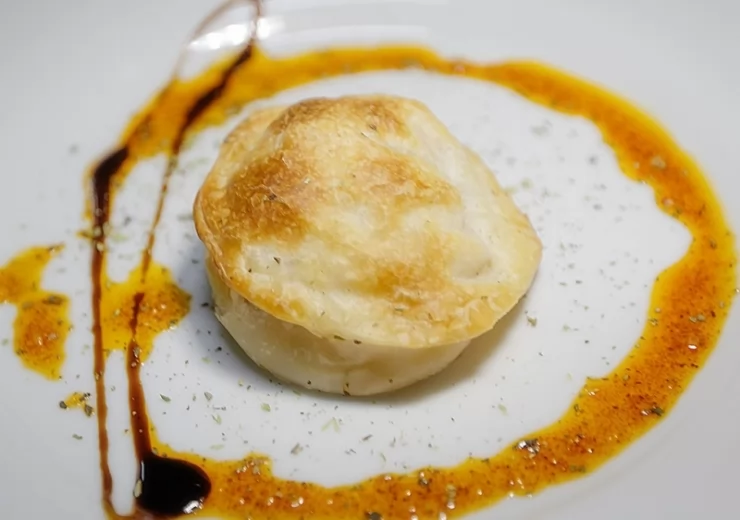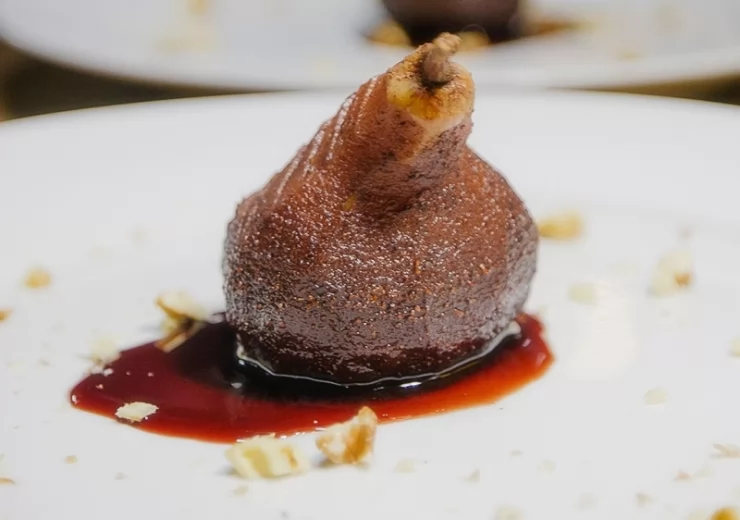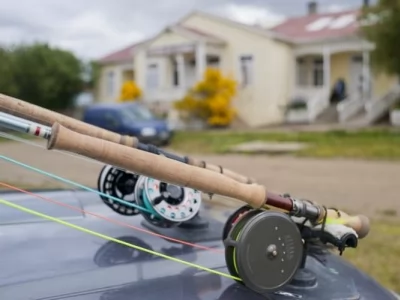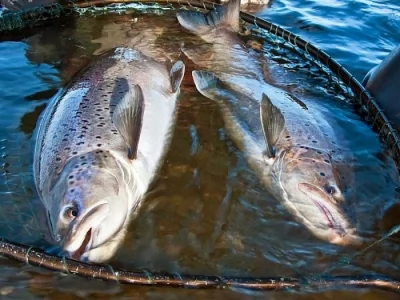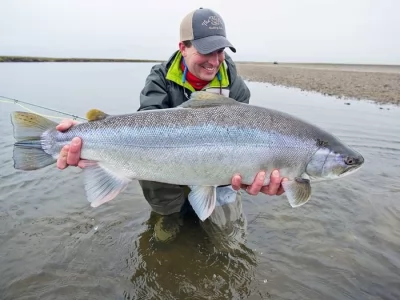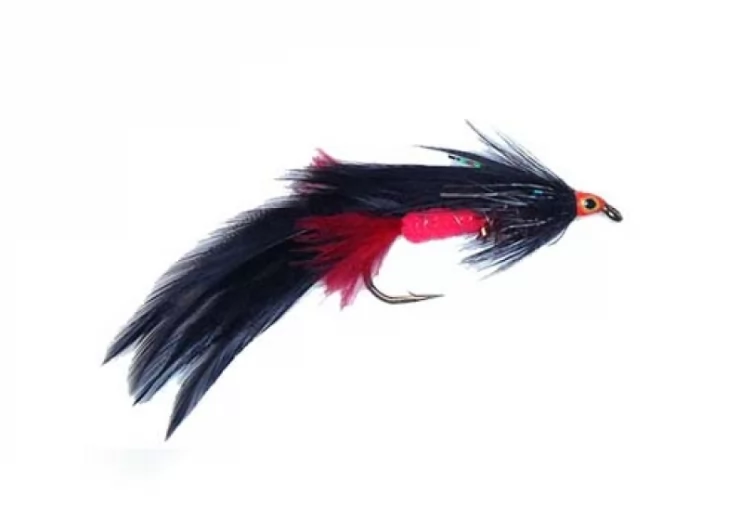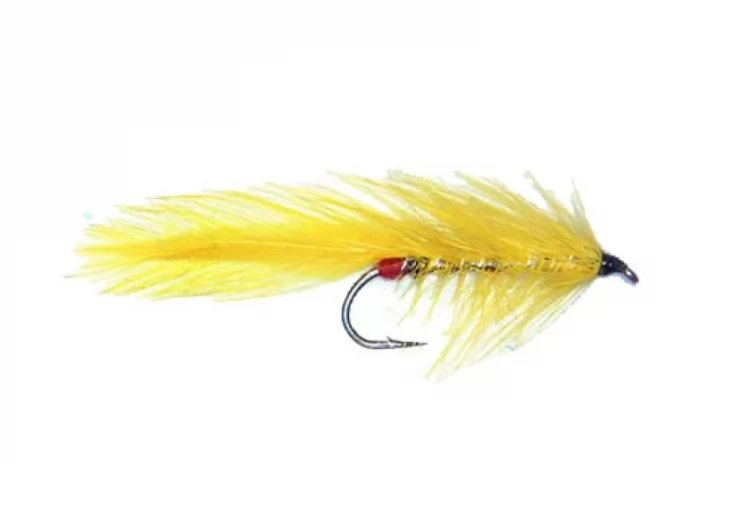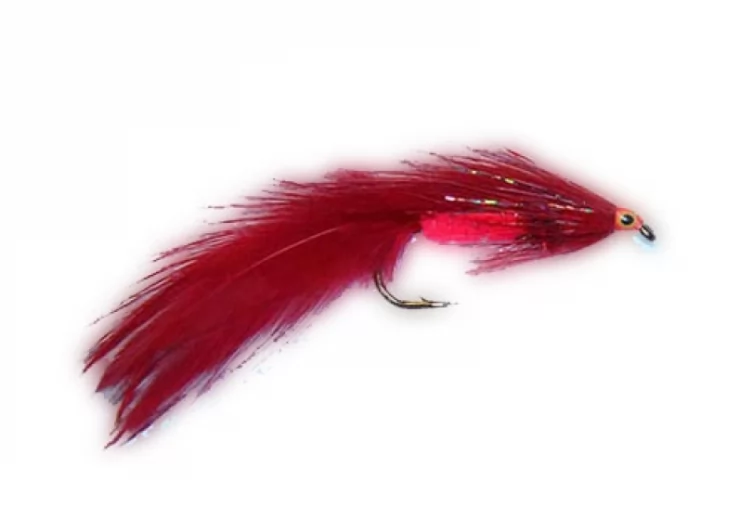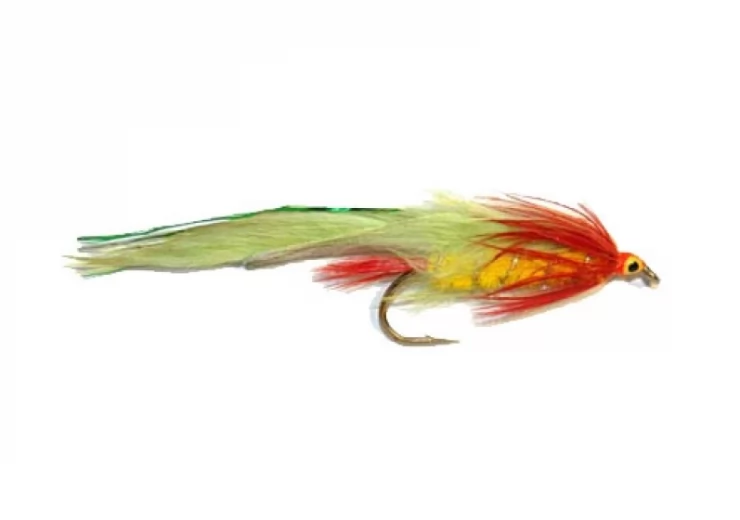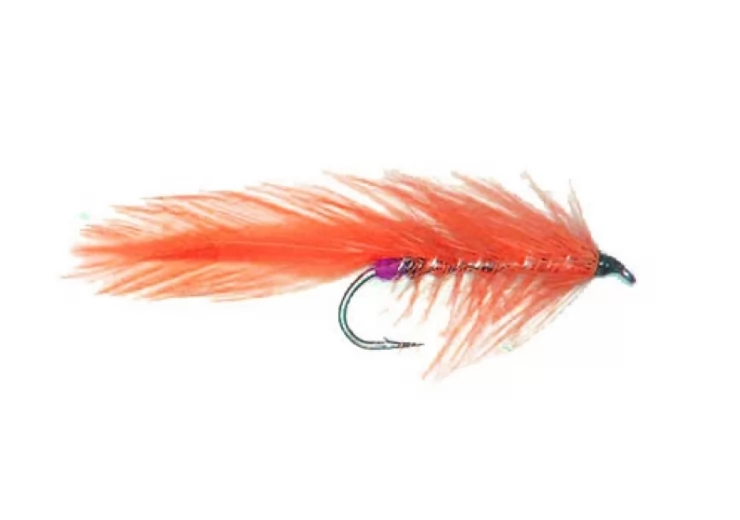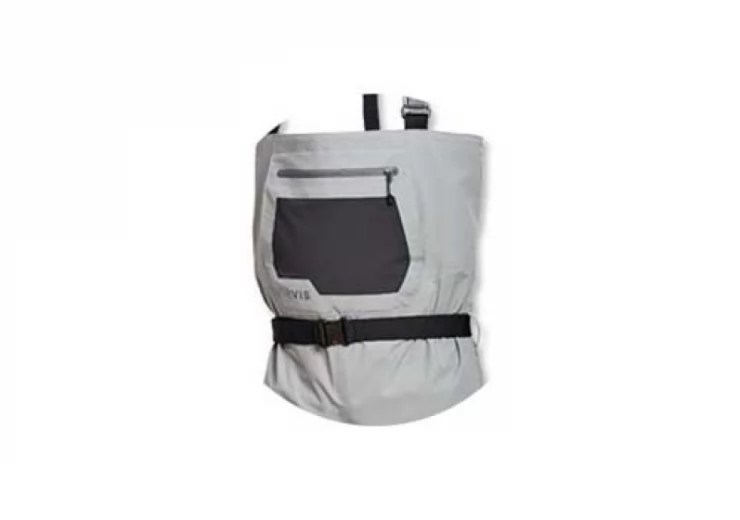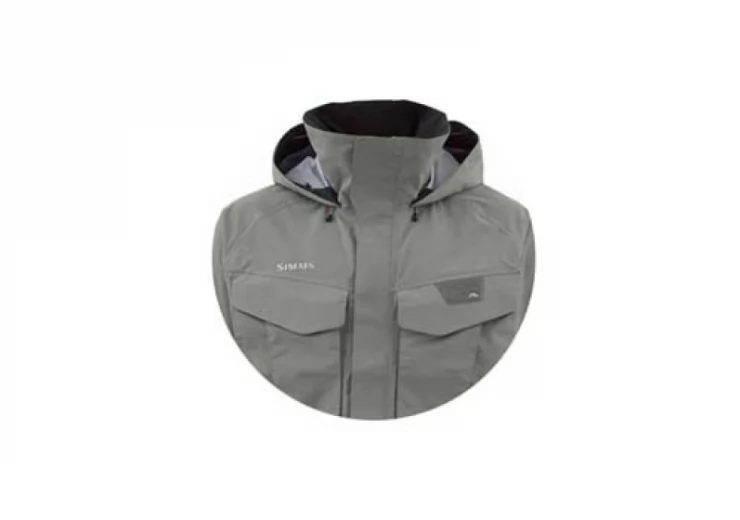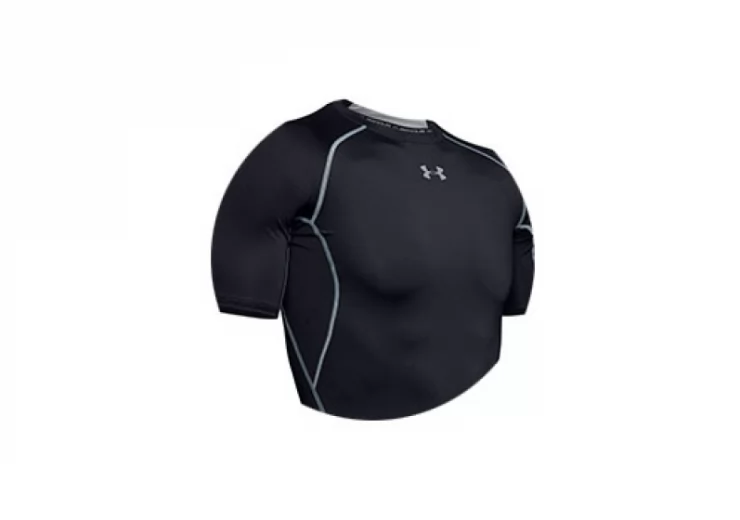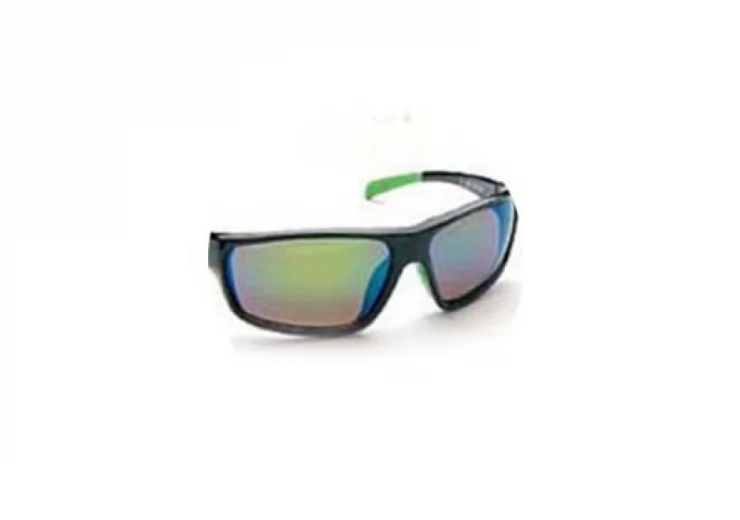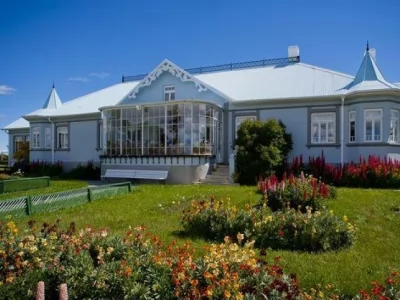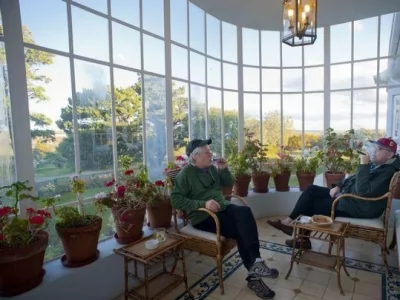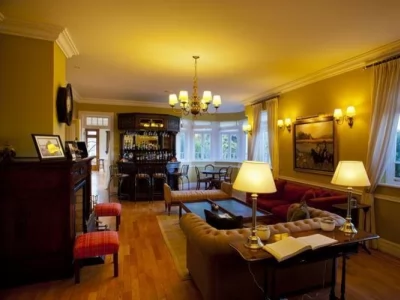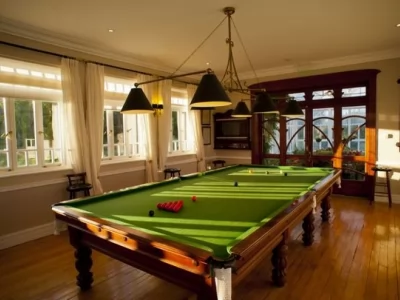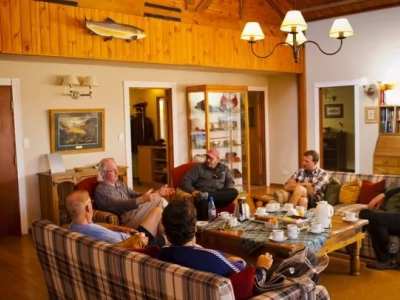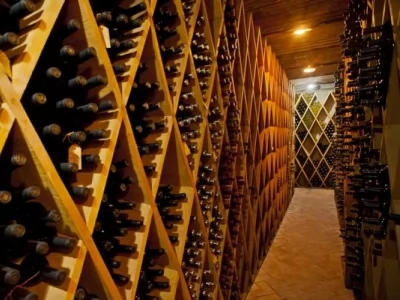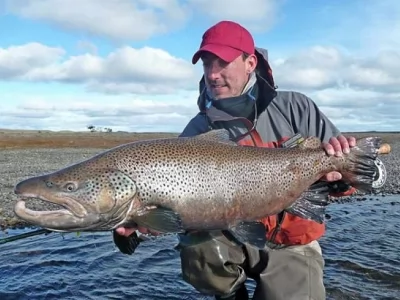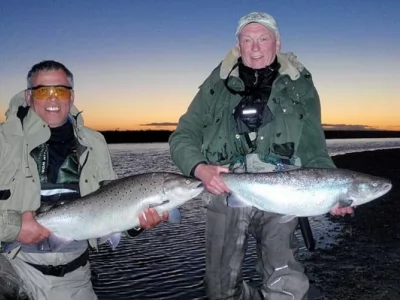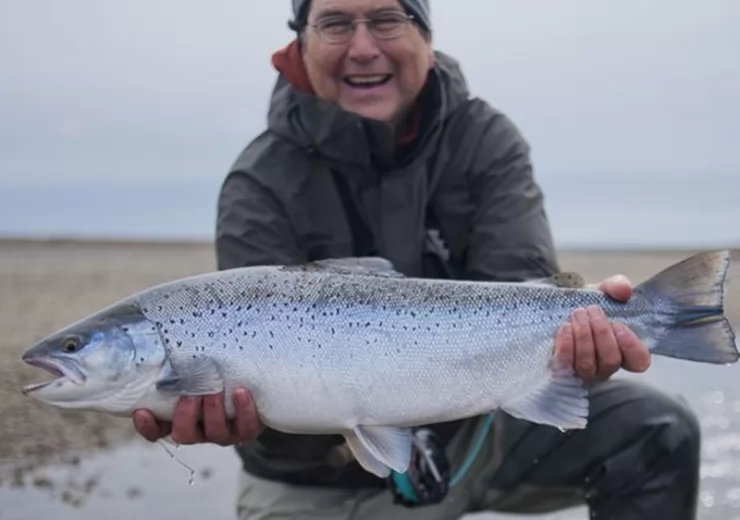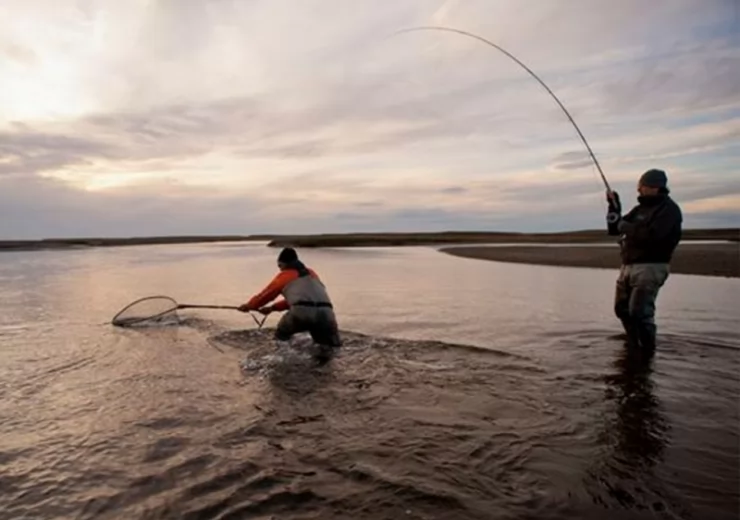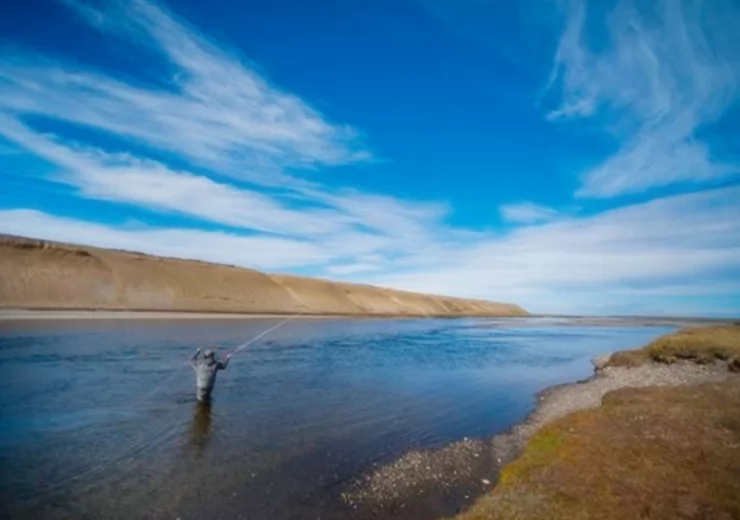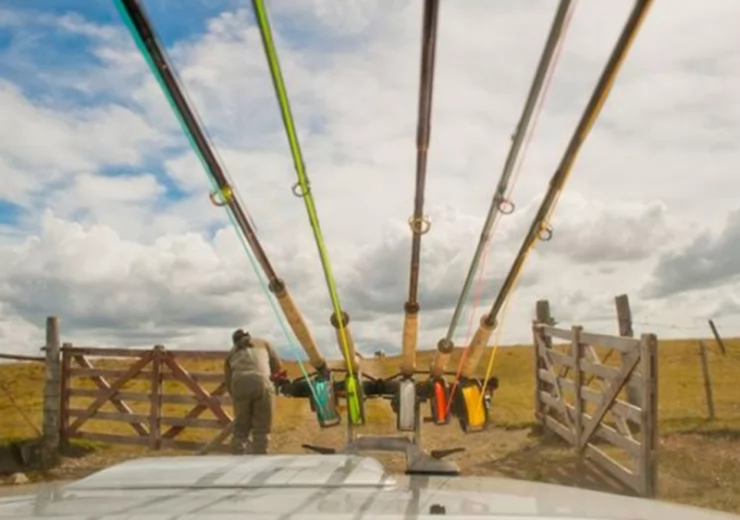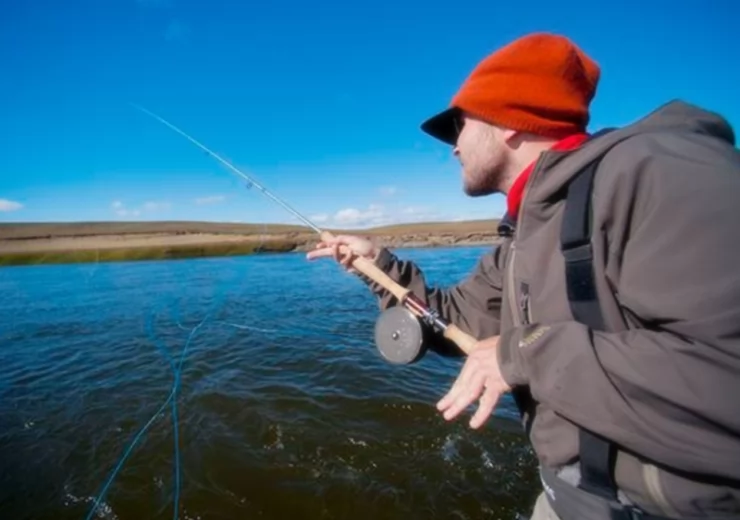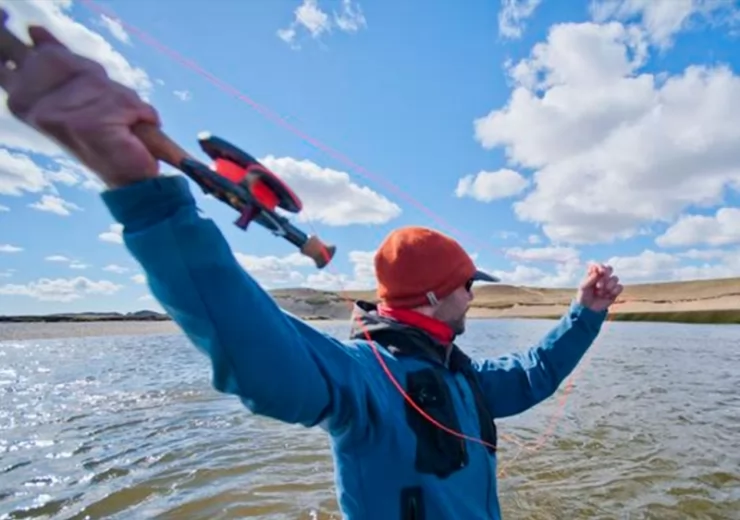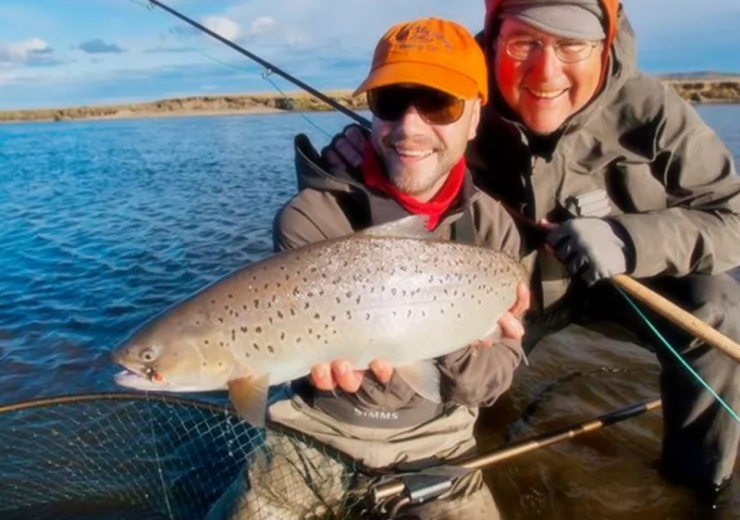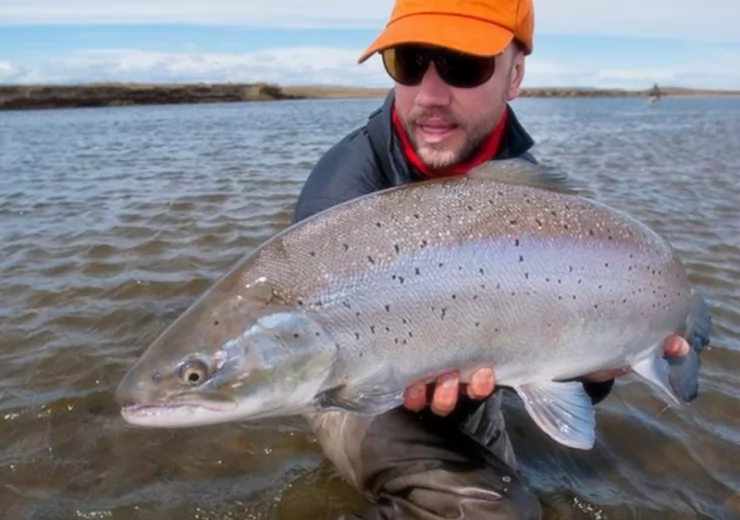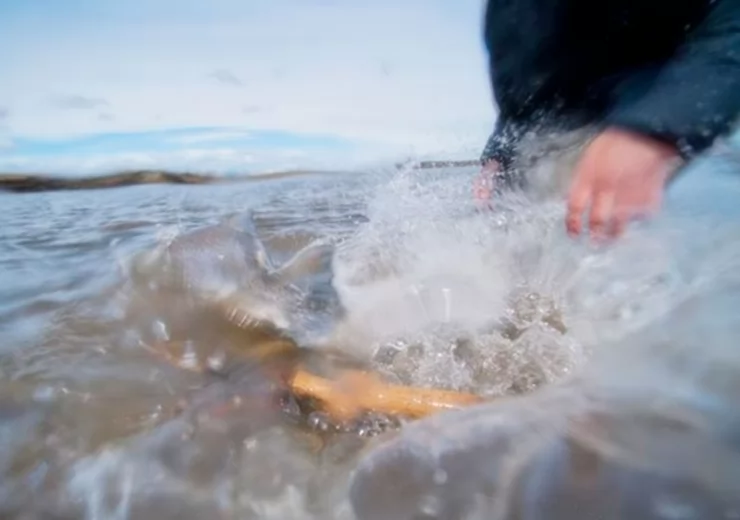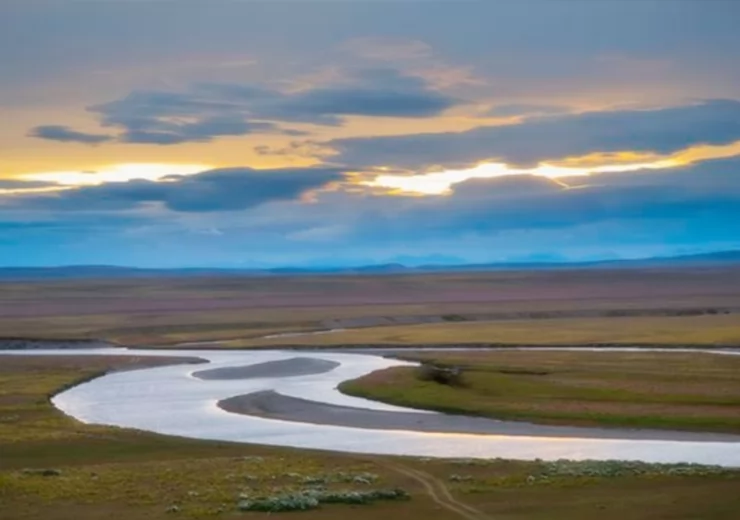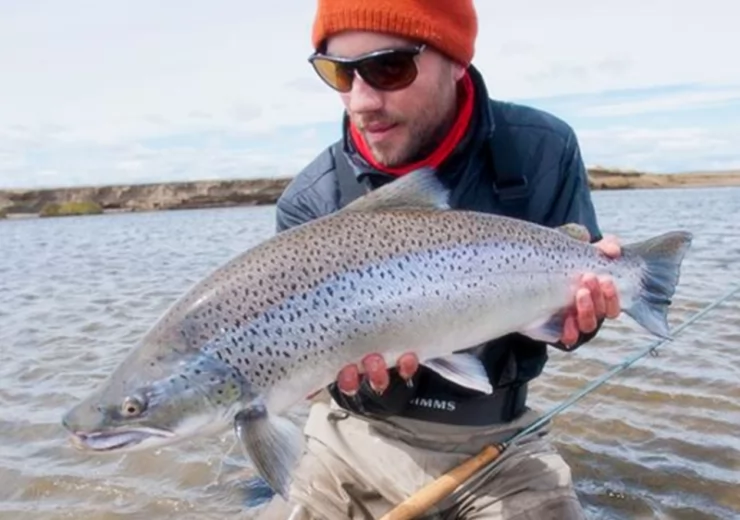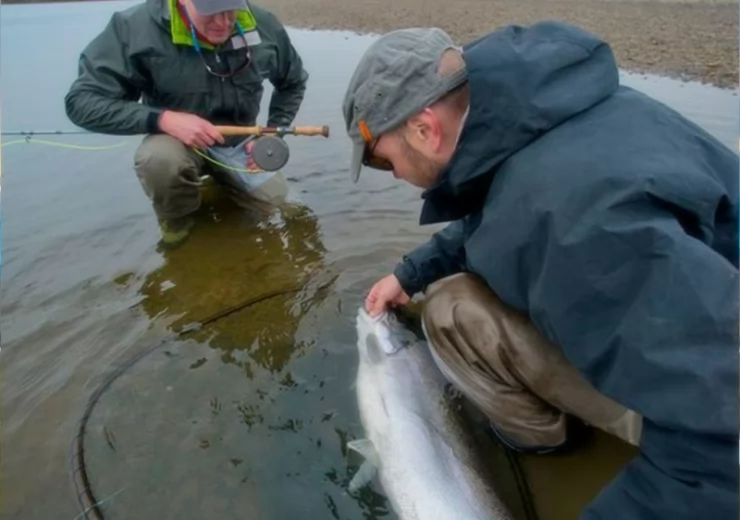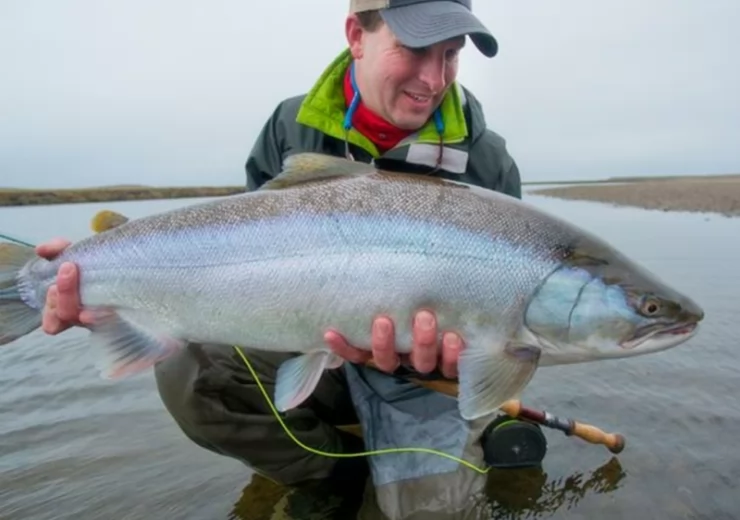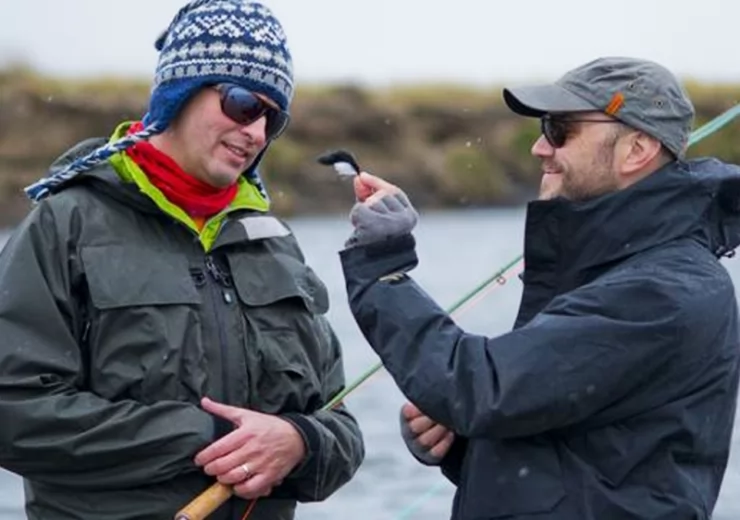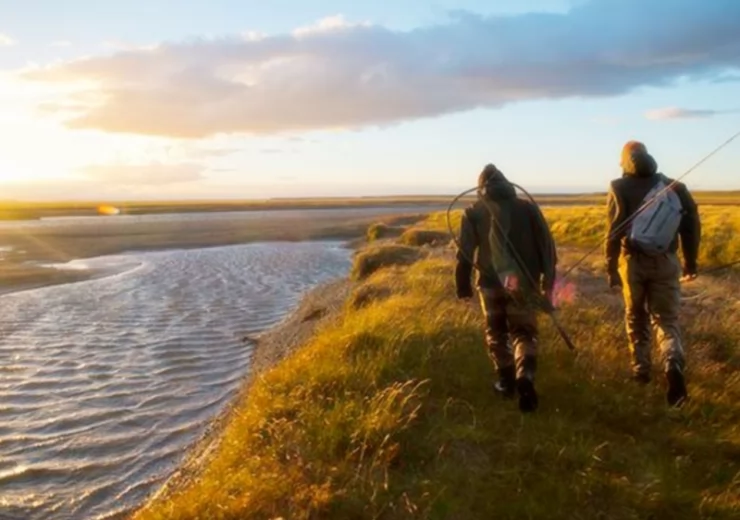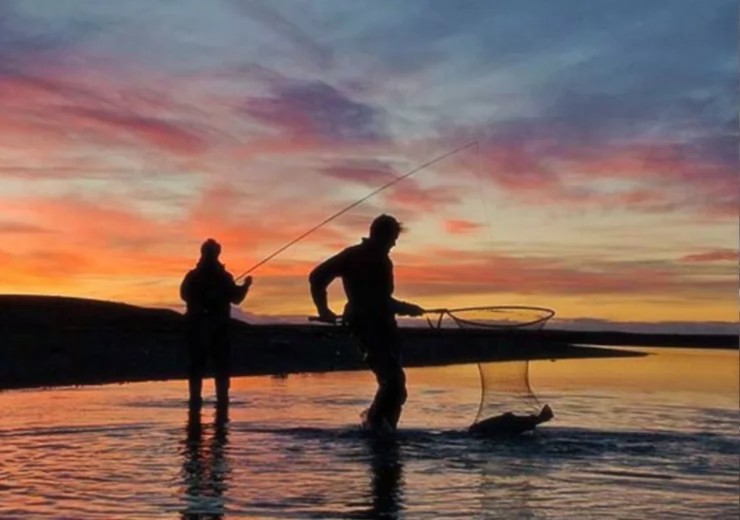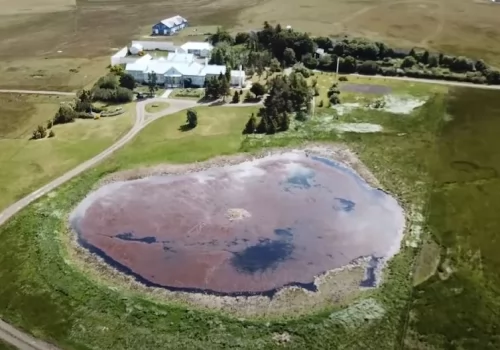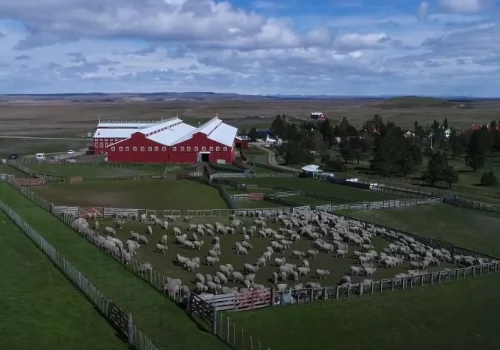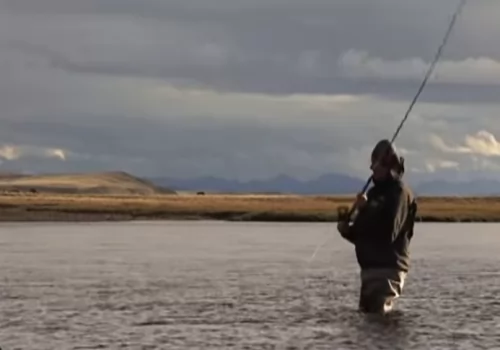Gear and Equipment - Rods, Reels and Lines
Single-handed Fly Rods:
For those anglers that like to use a single handed rod, the Rio Grande is best fished with a 9’ or 9’ 6” fast action rod (4piece) designed to cast an 8, or 9 weight fly line. An 8 weight is the most common choice. Each angler should have two rods available for the trip. Each rod should be rigged with a different fly and fly line combination. This saves time changing reels, spools and lines, maximizing your time on the water. All the vehicles at the lodge have rod racks on them and once you put your rod together upon arriving, you won’t break it down until the last day of your trip. Some rods to consider are Scott Fly Rod’s S4s or S4 • Sage Xi3, One or Method series • R.L. Winston BIIIx or BIIMx.
Single-handed Fly Reels:
Most modern high quality fly reels are appropriate for the Rio Grande. The reel should be equipped with a smooth, reliable drag system that is not compromised when it gets wet. Reels should be filled with a minimum of 100 yards of 20# backing. Reel models to consider might include: Hatch Finnatic 5+ or 7+, Galvan Torque 8 or 10 and Ross CLA # 5.
Single-handed Rod Fly Lines:
The proper collection of fly lines is more important than the rod, reel or fly you choose for the Rio Grande. You need three lines or line systems to effectively fish the Rio Grande and adjust to the constantly changing conditions.
Floating line: Preferably a weight-forward fly line like Scientific Angler’s GPX (textured) Floating Taper or Rio s Steelhead and Atlantic Salmon floating fly line. When conditions are right a floater really comes into play when skating dry flies or fishing a small wet fly just under the surface.
10’ – 15’ sink-tips: This is an important line for covering the different water levels on the Rio Grande. A Type III or Type IV is just fine. We a simple to use system we recommend the Rio VersiTip® Lines. This line gives you five 15’ interchangeable tips: floating tip, Aqualux clear intermediate, Type-III, Type-V1, and Type-VII.
24’ sink-tip: Don’t leave home without them! The most important fly line system in your arsenal is shooting heads in different grain weights and densities. We can custom make these heads for you in 27 foot lengths and suggest an appropriate running-line to compliment the heads.
Double-handed Fly Rods:
Having grown rapidly in popularity over the past 10 years, 75% of Rio Grande anglers are now fishing double-handed Spey rods. Advantages in casting distance, line control, and placing the fly accurately in wind make it the most efficient tool on the river, especially for those with shoulder or elbow problems. Many people coming to Spey casting for the first time are intimidated by it and think that it is a difficult discipline to learn.
This however, is a myth. In fact, it is much easier to become proficient at an intermediate level than it is with a single handed rod. You already know how to cast a fly rod, you just need to learn to handle a longer one with both hands. Taking a day or two of formal lessons prior to your trip, you will be able to fish the Rio Grande with great success with a spey rod. Plus, they’re downright fun to cast and fish with. When considering a double-handed rod, don’t automatically go for the longest and strongest rod on the market. Get together with a casting and rod expert, and test several different weights, lengths and manufacturers until you find the rod that best fits your casting style, as well as the type of water and lines and flies you will be fishing.
Some rods to consider are: With this in mind we suggest 12' ½" to 14’, #7, #8, or #9 weight rods. Scott Fly Rod’s T3H double handed rods are great tools, very castable, light in the hand and high quality.
Sage offers the One and Method models. Probably the best all-around two handed rod for the Rio Grande for someone new to this type of fishing is a 13’6” (#8 weight) rod.
Double-handed Fly Reels:
Most modern high quality fly reels are appropriate for the Rio Grande. The reel should be equipped with a smooth, reliable drag. Reels should be filled with a minimum of 200 yds of 20 or 30 lb. backing. Spey Reel models to consider might include: Saracione Mark IV 4”, the Galvan Torque 10 or 12, Hatch Finnatic 7+ or 9+, the Abel Super 12 or Ross CLA#5 or CLA#6. Gary Borger Pro Spey Reels size 11/2 are great choices and very affordable, sub $300
Double-Handed Rod Fly Lines:
There has been more development and subsequent progress with double-handed fly lines in the last few years than in any time before. For fishing on the Rio Grande the logical way to go is an interchangeable shooting head/tip system.
